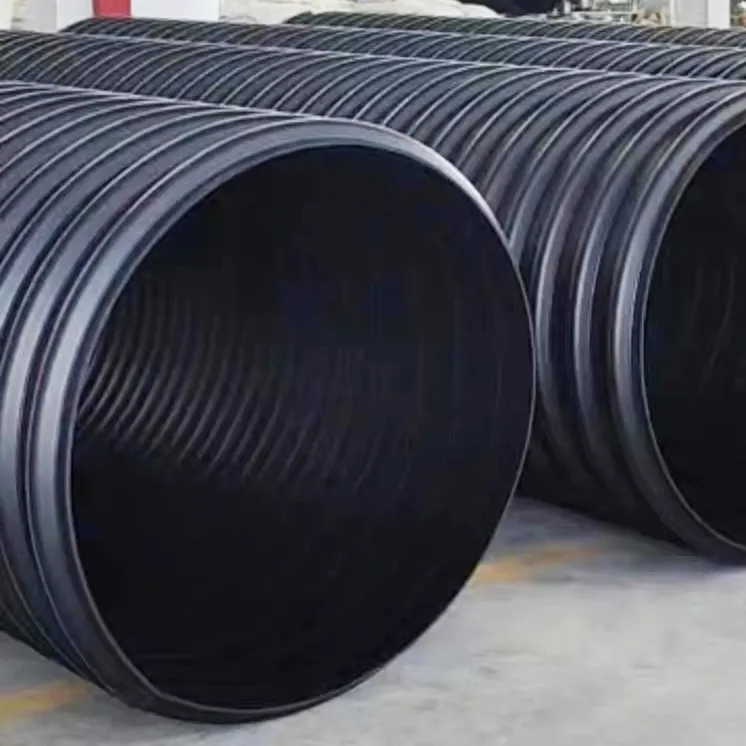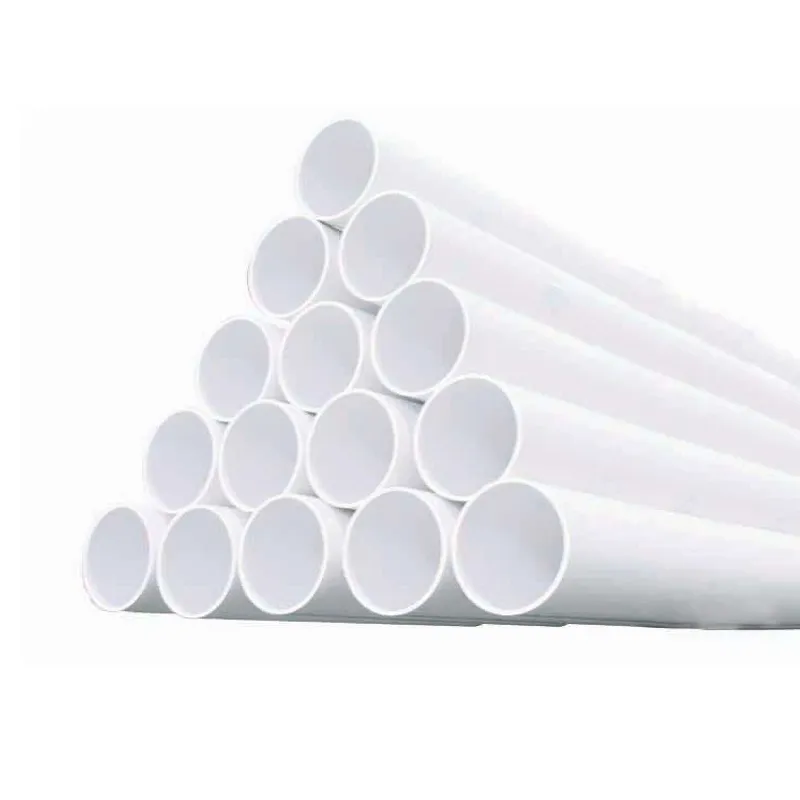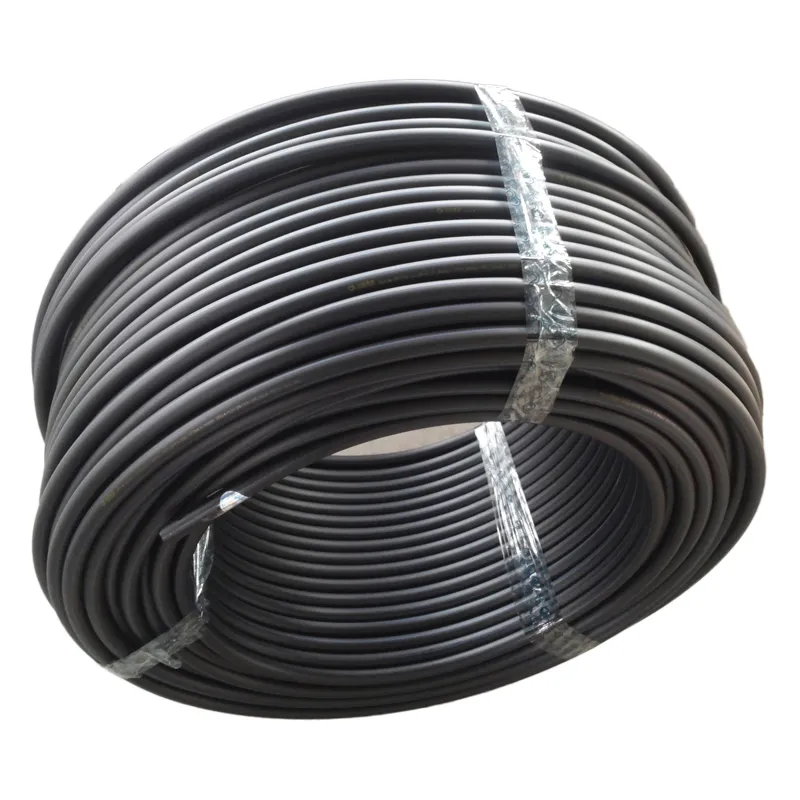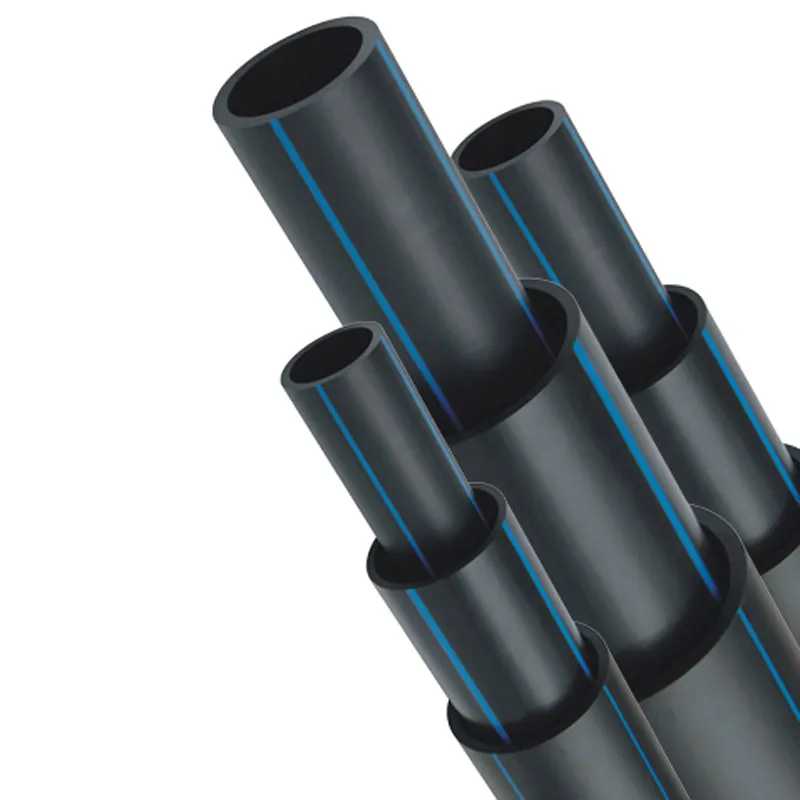Although there are many types of pipes in the market, in addition to PPR pipes, other water pipes can also be used for hot water pipes, such as: aluminum-plastic pipes, galvanized pipes, PVC pipes, PPR pipes, copper pipes and stainless steel pipes. Later, it was found that the PPR tube is still very useful in terms of practicality and economy. Now let's talk about why PPR water pipes are the best choice for hot water pipes.
Aluminum plastic composite pipes

At present, the aluminum-plastic composite pipe is a relatively popular pipe in the market. Its characteristics such as light weight, durability and flexibility are attractive, and it is suitable for use in home decoration, but problems also follow. If it is used for hot water pipes, disadvantages also follow. Long-term use will cause thermal expansion and cold contraction, resulting in dislocation of the pipe wall, resulting in leakage of the pipe.
Galvanized pipes

Although galvanized pipes are sturdy and cheap, they have numerous disadvantages and are basically only used for heating and gas now. If the galvanized pipe is used as a hot water pipe, it will rapidly age, and the inner wall of the pipe will produce a lot of rust. At the same time, due to the uneven inner wall of the pipe, a large number of bacteria will breed. For this reason, most countries also prohibit the use of galvanized pipes as water pipes.
PVC pipes

The PVC pipe itself is non-toxic, but the PVC pipe needs to be heated and plasticized during the processing, and PVC is very sensitive to heat during processing due to its own chemical molecular reasons, while the heat resistance of PVC is very poor, 90 degrees The above will start to decompose in a small amount, release gas, and dissolve in water, causing harm to the human body.
The national standard for PVC-U pipes stipulates that the use temperature should not exceed 45 degrees Celsius. If the temperature exceeds this temperature, the performance of the pipe will drop sharply. The higher the temperature, the easier it is to break. Therefore, PVC is mostly used for wire pipes and sewage pipes.
Coppers and stainless steel pipes
Some people may also say that two kinds of pipes, copper pipes and stainless steel pipes, can be considered. Of course, the author does not recommend these two pipes because they are not good. In terms of performance, these two pipes are very suitable for water pipes. Appropriate, but not recommended due to other factors.

The copper pipe can be said to be the first-class product in the water pipe. It has the advantages of corrosion resistance, sterilization, and stable chemical properties. The interface can be connected by welding, and it will not leak water easily. However, the copper pipe conducts heat quickly, is expensive, and also Therefore it is not recommended here.

The performance of stainless steel pipes is similar to that of copper pipes, but the price is very expensive, and the construction is also extremely difficult, so it is not recommended.
PPR pipe for hot water pipe has the following 8 advantages

1. Hygienic and non-toxic
PPR pipes do not pollute the environment in the process of production, construction and use, and belong to green building materials. The raw material molecules of the PPR pipe are only carbon and hydrogen elements, and there are no other harmful substances. The sanitation is very reliable. It is not only used in hot and cold water pipes, but also in pure drinking water systems.
2. Low thermal conductivity
The thermal conductivity of PPR pipe is as low as 0.21W/mk, which is only 1/200 of that of traditional steel pipe. PPR pipe has good thermal insulation performance, and generally does not require additional thermal insulation materials when used in hot water systems.
3. Good heat resistance
The Vicat softening point of the PPR tube is 131.5°C. The maximum working temperature can reach 95℃, and when used for a long time, the temperature can reach 75℃, which can meet the use requirements of the hot water system in the building water supply and drainage code. PPR pipe is currently the most ideal indoor cold and hot water pipes.
4. Light weight
The density of PPR pipe at 20 ℃ is 0.90g/cm3, and its weight is only one-ninth of that of steel pipe and one-tenth of that of copper pipe. It is light in weight and greatly reduces construction strength.
5. Firm pipe connection
The PPR pipe has good hot-melt performance, and the hot-melt connection connects the pipes and fittings of the same material into a perfect whole, eliminating the hidden danger of water leakage.
6. Corrosion resistance
PPR pipe is a non-polar material, chemically resistant to all ions in the water and building chemicals, will not rust and corrode, and will not breed bacteria.
7. Small pipeline resistance
The smooth inner wall of the PPR pipe makes the resistance along the route smaller than that of the metal pipe, and the energy consumption is lower.
8. Long service life
PPR piping systems have a lifespan of more than 50 years under normal use.

To sum up, from the comprehensive point of view of applicability, practicability and economy, PPR water pipes are undoubtedly better than other pipes, which is why the use of PPR pipes is the current mainstream. It is the best choice to choose PPR pipe as the hot water pipe.

 (1)379.webp)





294.webp)
476.webp)
420.webp)
146.webp)
460.webp)
287.webp)
274.webp)
688.webp)


